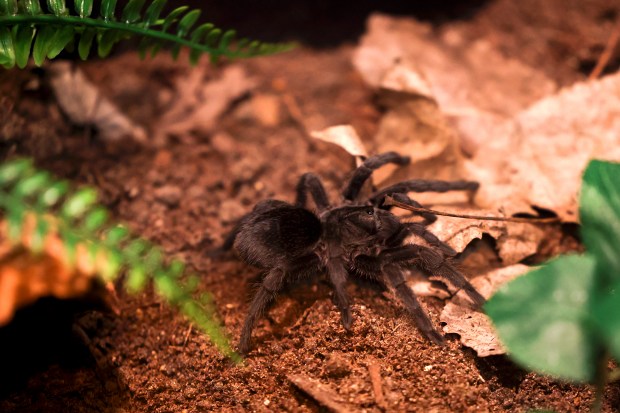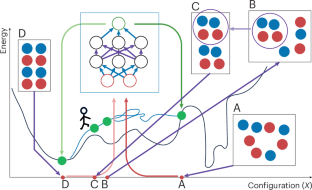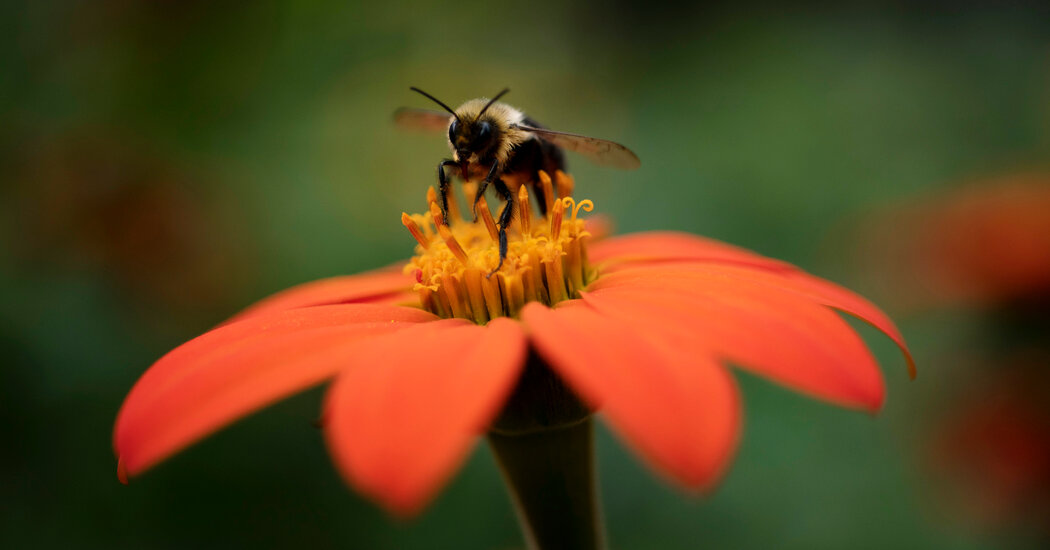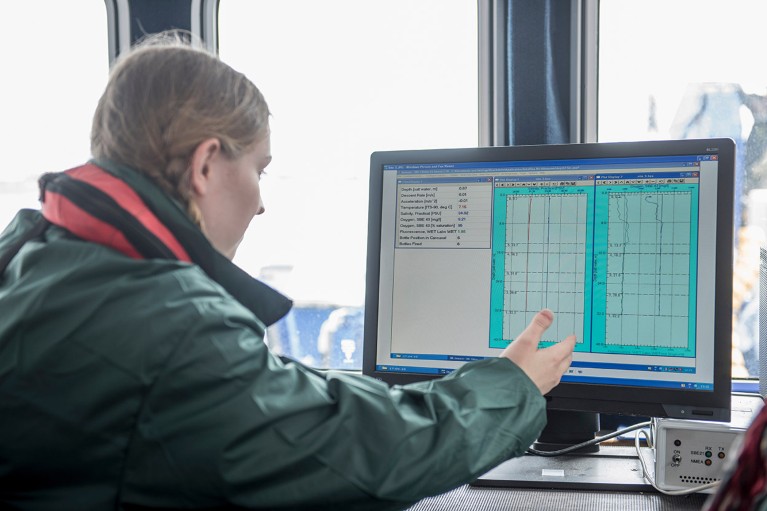-
Cheap blood test detects pancreatic cancer before it spreads

Researchers have developed nanosensors that can detect signs of cancer in blood.Credit: Maskot/Getty Researchers have developed a simple blood test to detect pancreatic cancer before it spreads to other sites in the body. The test could be used for routine screening to improve the disease’s low survival rate1. “It’s a very pragmatic, really translatable solution”…
-
Afraid of spiders no more: New exhibit at Notebaert Nature Museum takes the mystery out of arachnids

There’s an apocryphal story among J.R.R. Tolkien fans that the fantasy author’s villainous portrayals of spiders were inspired by a childhood incident when a tarantula bit him. In a better documented case of arachnophobia, film director Peter Jackson based the design for Shelob, the giant spider in “The Lord of the Rings,” on the species…
-
Enhancing synthesis prediction via machine learning

Identifying promising synthesis targets and designing routes to their synthesis is a grand challenge in chemistry and materials science. Recent work employing machine learning in combination with traditional approaches is opening new ways to address this truly Herculean task. This is a preview of subscription content, access via your institution Access options Access through your…
-
Japan can be a science heavyweight once more — if it rethinks funding

From CRISPR gene editing to protein-structure predictions driven by artificial intelligence, great innovations stem from interdisciplinary research. Solutions to climate change, biodiversity loss, health inequities and other global crises will also rely on insights that bridge many fields. Yet interdisciplinary research is still sidelined in many countries. Even though these papers attract more citations1 and…
-
Trump Killed a Major Report on Nature. They’re Trying to Publish It Anyway.

The first full draft of the assessment, on the state of America’s land, water and wildlife, was weeks from completion. The project leader called the study “too important to die.” The draft was almost ready for submission, due in less than a month. More than 150 scientists and other experts had collectively spent thousands of…
-
Breaking language barriers: ‘Not being fluent in English is often viewed as being an inferior scientist’

Tatsuya Amano works with members of the translatE project, which strives to make environmental science more accessible to non-fluent English speakers.Credit: Naoki Katayama Changemakers This Nature Q&A series celebrates people who fight racism in science and who champion inclusion. It also highlights initiatives that could be applied to other scientific workplaces. Japanese biologist Tatsuya Amano…
-
“Turning right”? An experimental study on the political value shift in large language models

Abstract Constructing artificial intelligence that aligns with human values is a crucial challenge, with political values playing a distinctive role among various human value systems. In this study, we adapted the Political Compass Test and combined it with rigorous bootstrapping techniques to create a standardized method for testing political values in AI. This approach was…
-
(Jackson) Daisy Math in Nature Badge … | Feb 9
.sctk-navbar-burger { appearance: none; background: none; border: none; color: currentColor; font-family: inherit; font-size: 1em; margin: 0; padding: 0; } .sctk-navbar { position: relative; z-index: 30; min-height: 3.25rem; margin-top: 30px; background-color: white; } /* .container-fluid {width: 100%;} */ .sctk-navbar.is-white { background-color: white; color: #0a0a0a; } .sctk-navbar.is-white .sctk-navbar-brand > .sctk-navbar-item, .sctk-navbar.is-white .sctk-navbar-brand .sctk-navbar-link { color: #0a0a0a; }…
-
Scientists globally are racing to save vital health databases taken down amid Trump chaos

Credit: Monty Rakusen/Getty Last Thursday, 30 January, bioinformatician Niema Moshiri received a late-night message from a long-time collaborator urging him to back up the website of the United States Centers for Disease Control and Prevention (CDC). At the time, rumours had been circulating that the public-health agency, which tracks disease outbreaks and makes its data…
-
Have Trump’s anti-DEI orders hit private funders? HHMI halts inclusive science programme

The Howard Hughes Medical Institute, based in Chevy Chase, Maryland, is the second-wealthiest medical-research foundation in the world.Credit: imageBROKER/Alamy The Howard Hughes Medical Institute (HHMI) — one of the world’s largest private funders of basic biomedical research — has abruptly cancelled a US$60-million initiative aimed at boosting diversity in science at universities. It has also…
